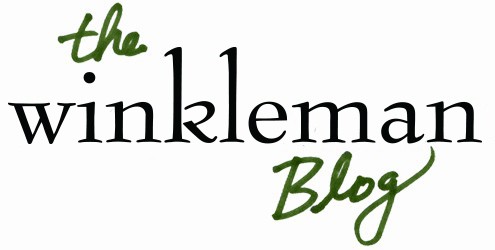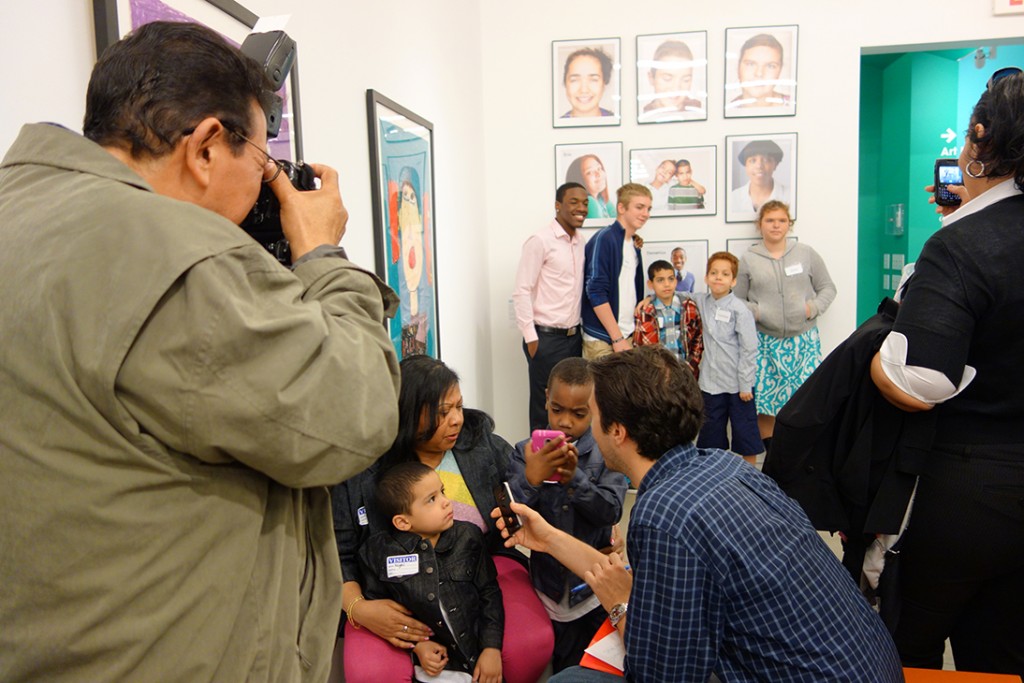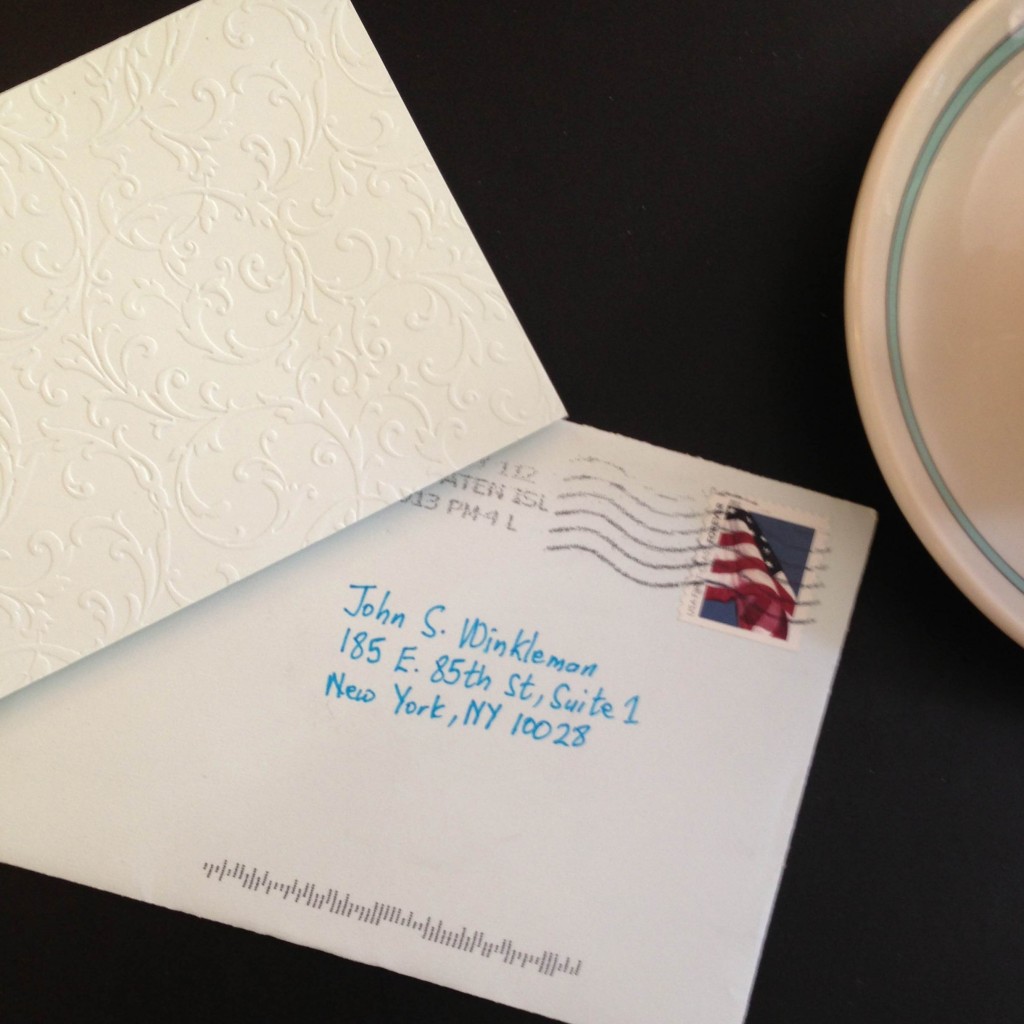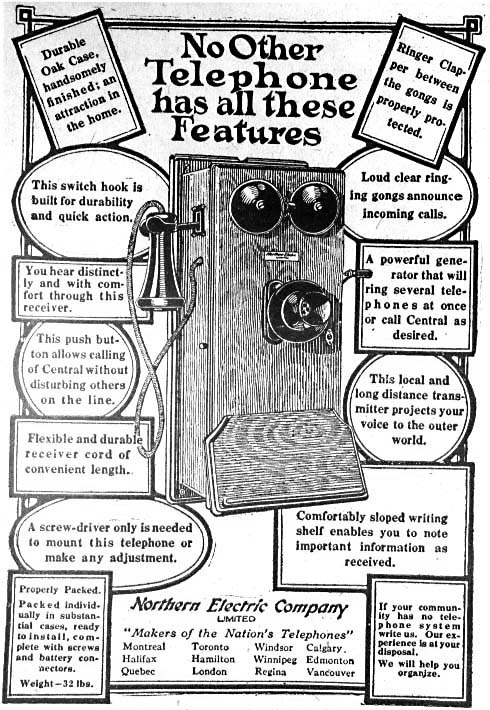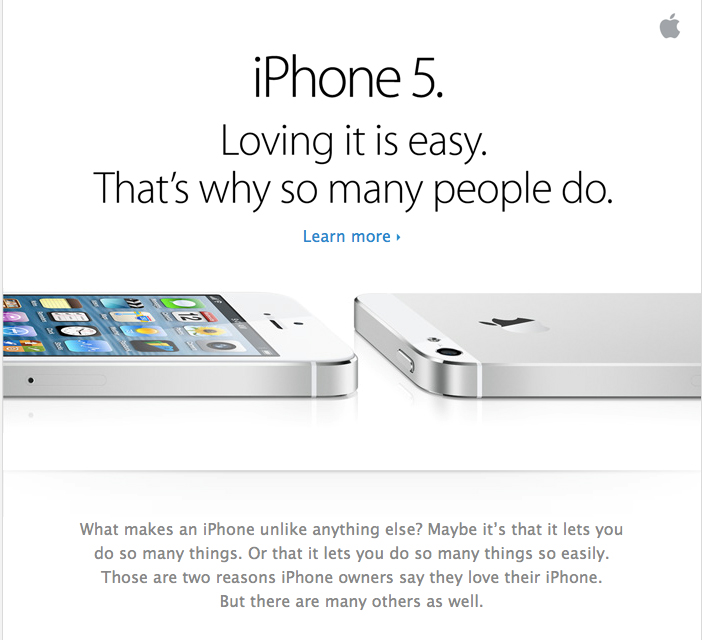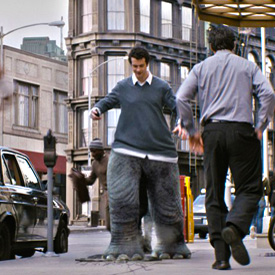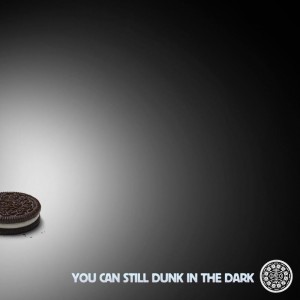Sometimes that “do-it-yourself” approach can only get you so far. While small-budgeted organizations fueled by passion and talent can be extremely effective, a roadblock might appear that necessitates outside expertise.
Under3PR, a collaborative service from Winkleman Company and Coa Design, was inspired by the interests and challenges posed by my students throughout nearly two decades of teaching at Columbia University’s Institute for Not-for-Profit Management, Mailman School of Public Health, United Jewish Appeal, and Fordham University’s Center for Nonprofit Leaders. Each student’s organization shared the acute need for quick, strategic and affordable guidance to targeted challenges.
Through public relations, marketing and graphic design, Under3PR addresses the most common issues facing small nonprofits and businesses. Projects range from drawing media attention for a program, branding and social media management to crisis response and counsel on leadership continuity – and everywhere in-between. Like many of my students’ organizations, prospective clients must have revenues under $3 million and a short-term project that fits within Under3PR’s targeted parameters.
Our test drive for Under3PR came to us in the form of Heart Gallery NYC. A small nonprofit, Heart Gallery NYC uses the artistic talents of renowned photographers to raise the visibility and public awareness of children in foster care seeking their “forever families” – all on an annual budget of under $500,000. Laurie Sherman Graff, Founder and Executive Director, needed help drawing coverage for a press conference but had limited funds. Heart Gallery NYC was a perfect opportunity for Under3PR – small budget, acute project, good cause – so we set about being perfect for it.
“The media coverage was awesome, and the professionalism of the Winkleman Company team was so apparent and appreciated! I look forward to continuing to work together on future events,” Laurie wrote in an email to us the day after the conference. As Under3PR, our team brought together the right television and traditional media to help tell these children’s incredible stories to a broad, multilingual audience of potential families.
Working on a project basis can be the right approach, especially when a challenge may be outside the scope of small business or nonprofit managers who is already too stretched for the cause/goal that drives them.
When a small organization comes up against a roadblock, it can’t afford to slow down. Under3PR will help you navigate and resolve those roadblocks.
Please see our full menu of Under3PR offerings or call Katherine at 646-234-8077 to discover what we can do for your business.
